If you’ve got an area in your garden that’s particularly soggy and you’re not sure quite what to do with it, we’ve got you covered!
You’ll find all sorts of creatures will find their way to your yard – bees and butterflies, frogs and snakes, and dragonflies and hummingbirds too!
If you visit us at the Canadian Wildlife Federation’s head office in Ottawa, you’d be able to visit our bog bed. Today we’re sharing eight of our favourite plants that can thrive in this moisture-loving spot!
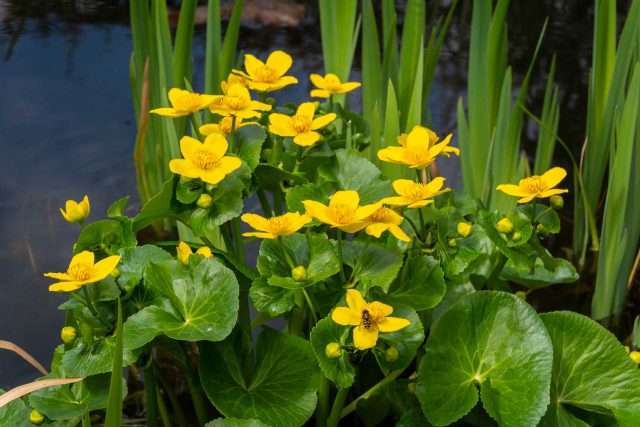
Marsh Marigold (aka Cowslip)
Bloom time: Spring
Height: 20-60 centimetres
Flower colour: Yellow
Attracts: Bees, butterflies and flies. Some water birds and mammals eat the seeds.
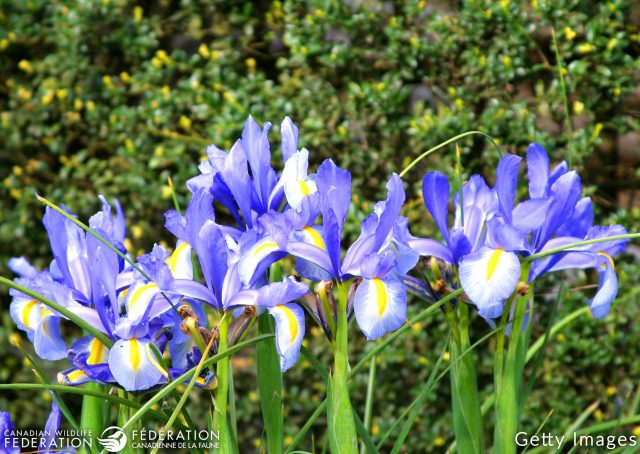
Blue Flag Iris (aka American Fleur-de-lis)
Bloom time: Spring, summer
Height: 60- 90 centimetres
Flower colour: Blue, purple
Attracts: Hummingbirds, bees, butterflies and moths
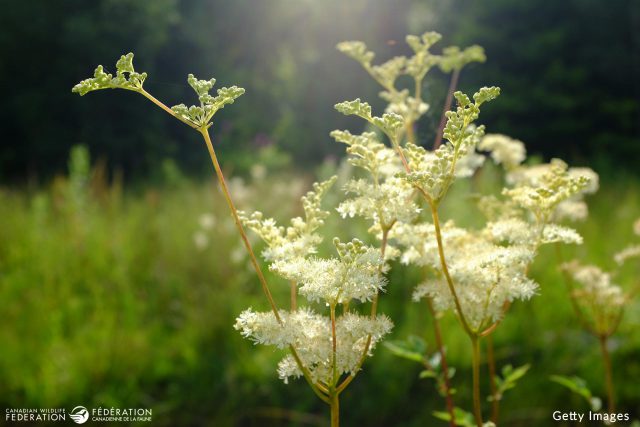
Meadowsweet
Bloom time: Spring, summer
Height: 1.2 metres
Flower colour: White
Attracts: Bees, flies and butterflies
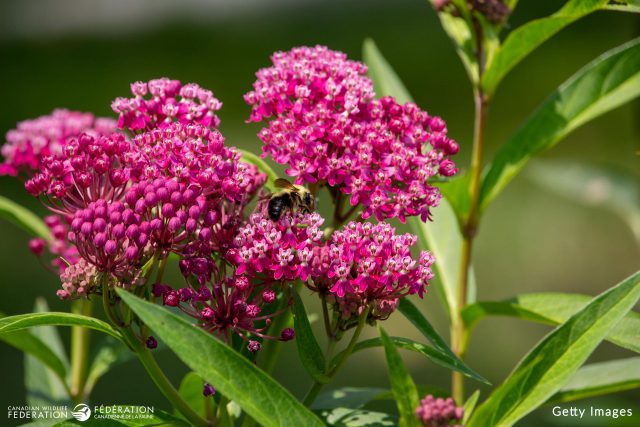
Swamp Milkweed (aka Red Milkweed)
Bloom time: Summer
Height: 60-120 centimetres
Flower colour: Pink
Attracts: Bees, hummingbirds, flies, wasps, beetles, moths and butterflies like the Monarch Butterfly which lays eggs on the plant and also uses the plant’s nectar. The seeds’ silky and fluffy parts are used by birds for nesting and winter roosting spots.
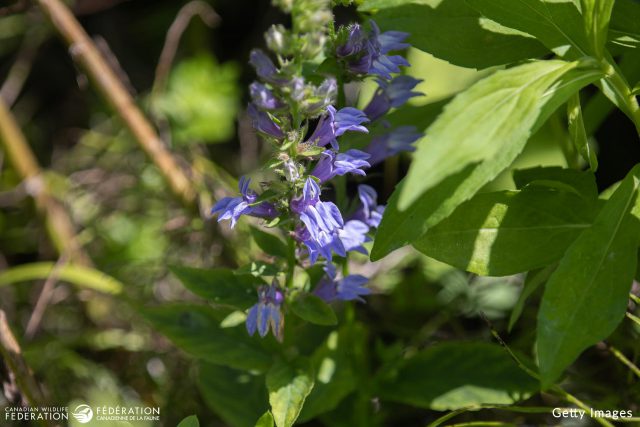
Great Blue Lobelia
Bloom time: Summer, fall
Height: 30-90 centimetres
Flower colour: Blue
Attracts: Bees, hummingbirds and butterflies
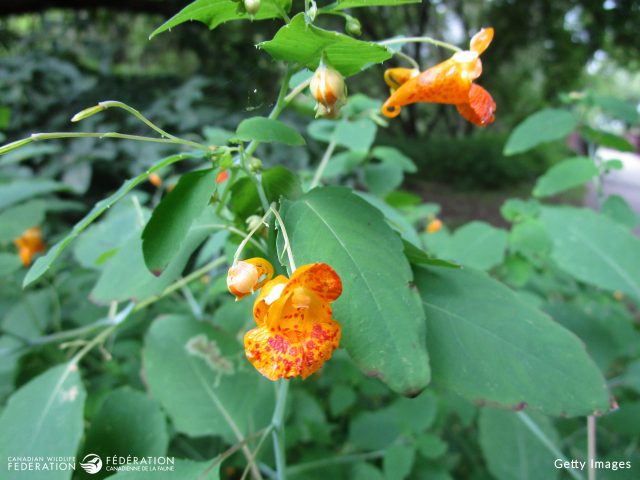
Spotted Jewelweed (aka Spotted Touch Me Not)
Bloom time: Summer, fall
Height : 60-150 centimetres
Flower colour: Orange
Attracts: Hummingbirds, grasshoppers, bees, butterflies, beetles, flies, wasps and a few birds like grouse that eat the seeds
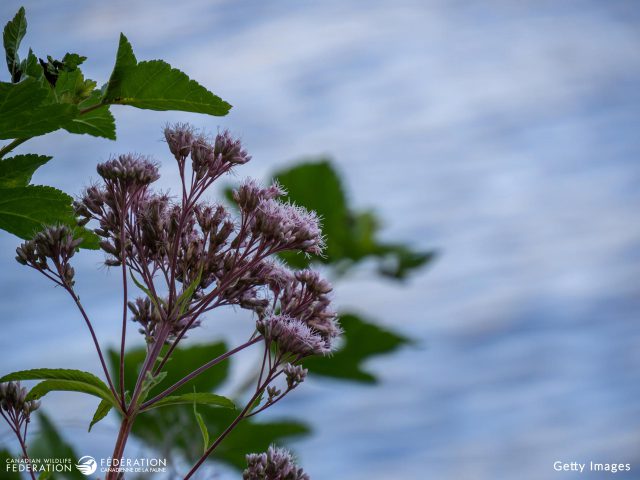
Spotted Joe-pye Weed
Bloom time: Summer, fall
Height: 1.2 – 1.8 metres
Flower colour: Pink
Attracts: Bees, butterflies, moths and some birds that eat the seeds
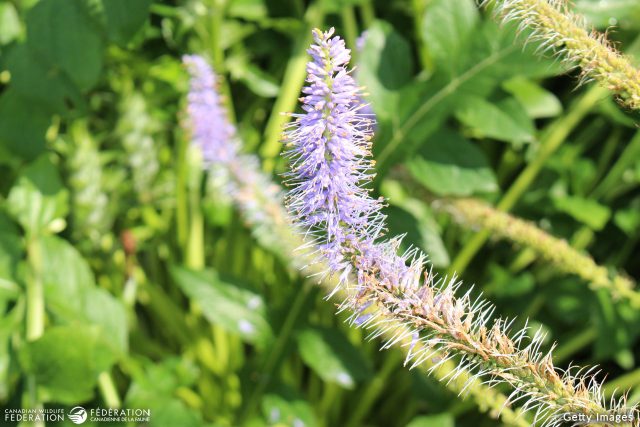
Culver’s Root (aka Bowman’s Root)
Bloom time: Summer, fall
Height: 90-180 centimetres
Flower colour: White
Attracts: Butterflies, bees, wasps, flies and moths

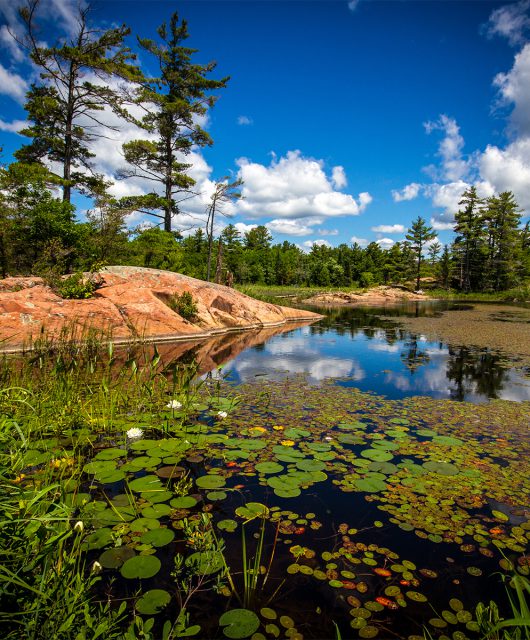
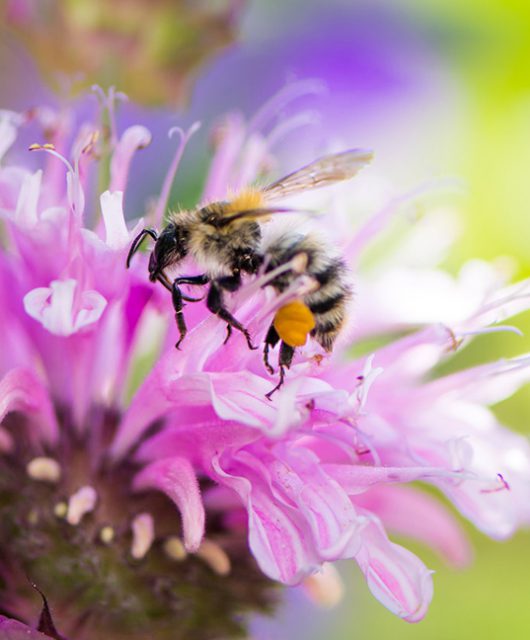
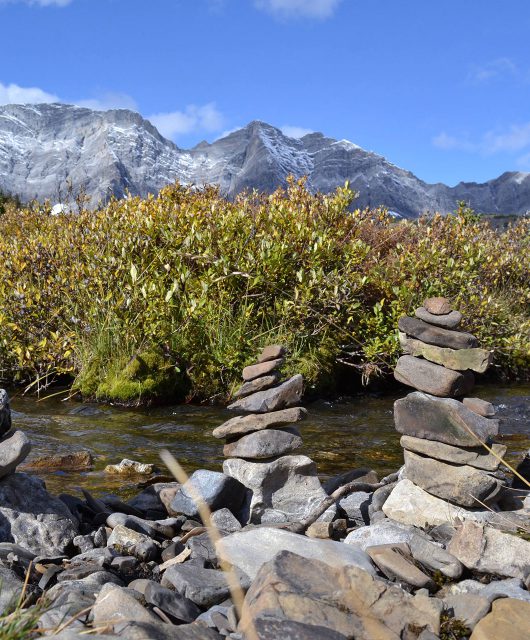

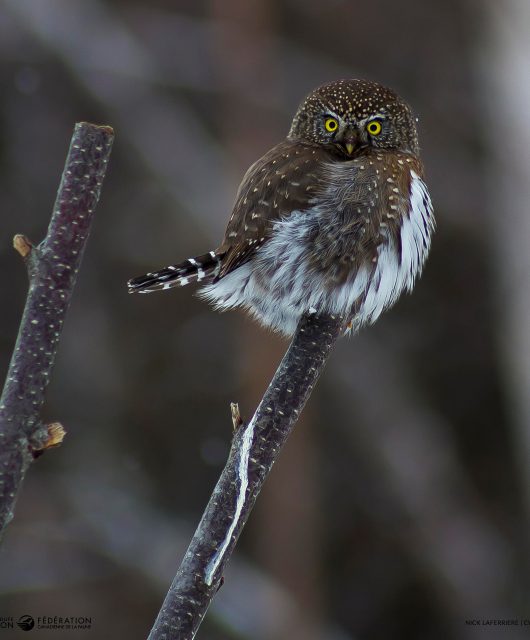
5 comments
Interesting article in your March update on plants for soggy spots. I wish you had added 2 important pieces of information for people who might want to grow some of these plants. First, the Latin name for each plant, as there are many different regional common names, and confusion is often possible. It is much easier to search for sources and additional information by the Latin name. Second, the region in which these plants are native. Not much use for me to try to grow a plant native only to southern BC at my home in in Quebec.
Thanks for the wildflower list
I was born and brought up in England. The flower we called COWSLIP there was nothing like your Marsh marigold. It was more like a Primula and had a very lovely scent. It grew wild and bloomed in the Spring.
Am I totally mistaken?
Hi Valerie,
Yes the plant you are thinking of is definitely different! The thing with common names is that a plant can have all sorts of names that vary from region to region. This plant is typically called Marsh Marigold (or Yellow Marsh Marigold) but there are some that refer to it as Cowslip. Scientific names, however, are recognized worldwide so when anyone refers to a specific plant, no matter where you are in the world, you know exactly which one they mean! The plant in this article is Caltha palustris and the one you are remembering is most likely Primula veris. My mother also grew up in England and speaks fondly of them. I hope this helps!
Thank you for sharing these wild flowers…..